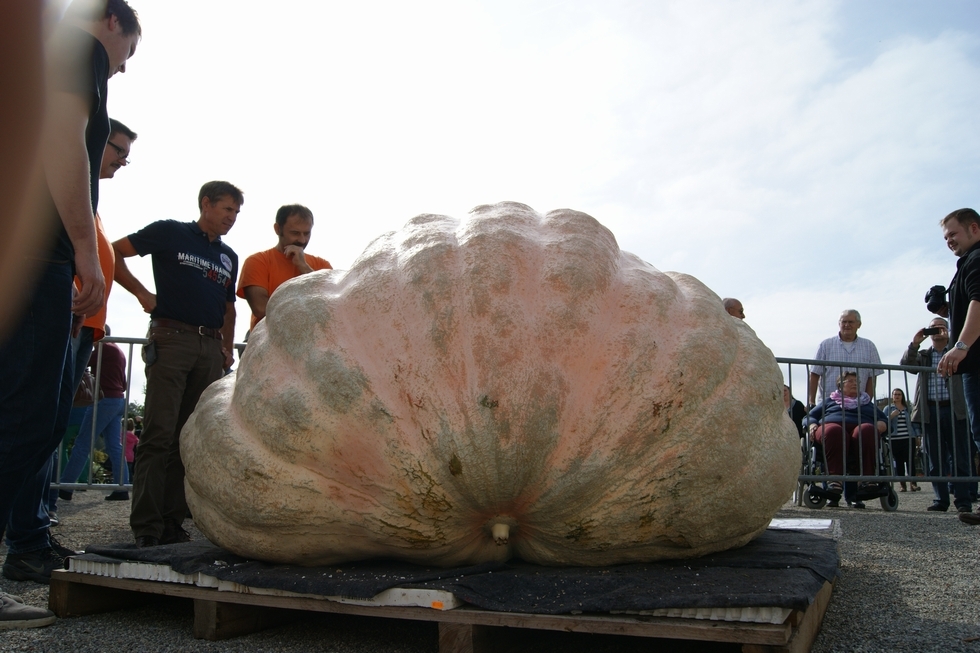
“Get Big Things Done: The Power Of Connectional Intelligence” by Erica Dhawan and Saj-Nicole Joni.
A “big thing” can be a global issue, such as saving the oceans from pollution, or it can be an issue so personal that connecting the resources to take it on makes it transcend individual limitations to become universal. Issues of self-image and inclusion get people off the margins, and motivate people to get off the sidelines. By developing our “Connectional Intelligence” (or CxQ), we’ll realize our potential to “Take A Dream. Add Connection(s). Dream Bigger. Get Big Things Done.”
The authors define connectional intelligence as: “Combining knowledge, ambition, and human capital, and forging connections on a global scale to realize unprecedented value and meaning”.
This book presents three basic archetypes (categories of connectionally intelligent people), and ten role models, and a guide for identifying which one you fit.
I’m a curmudgeon who’ll pooh-pooh most anything, and I probably have to catch myself (or hire someone else to). I was tempted to dismiss the book’s central concept as too fanciful to take hold outside of a few colorful feel-good stories. But these three archetypes, and ten subtypes are worth another look — whether you’re trying to bring in business for your firm, do your job smarter, or broaden your appeal or reach.
How Is Your Network Helping You Get Things Done?
In reading “Getting Big Things Done: The Power of Connectional Intelligence”, I wanted to learn how to be a more effective networker — nay, business developer — and perhaps adjust my paradigm about what comes after “relationship building”. The book’s central distinction of “connecting smarter” seemed to provide a possible answer.
What is connecting smarter? Well, we break down into types, and we need to find types that balance ours out; opposites attract. If you’re a “Thinker”, you need to seek out “Enablers” or “Connection Executors” who can be more dynamic partners than another “Thinker”. And it gets even better with the diverse subtypes to choose from within each type.
Most people who read this book will be in the situation of the “Creative Company Individual” (what others call an “intrapreneur”), which is one of the role models inside the Enabler archetype. (I most readily identified with the “Disrupter” role model, a Connection Executor.)
The suspense of this book is “using connectional intelligence to connect smarter, and be more selective and targeted with networking” can improve the outcome of our normal networking activities. (More than a bit like using astrology to find a better romantic partner. You might take it about as seriously.) The payoff is a network that is high-achieving (as distinct from a network of highly distinguished individuals (high achievers, high income earners, etc.) who achieve nothing together, and the promise is that everybody’s network can be high achieving; it’s democratic not elitist/democratized not stratified.
Discussion
Can a “big thing” mobilize people like me who are used to working alone, and used to struggling to merely get small things started?
How should you read it?
It’s written like a TED Talk. But the authors seem aware that this can be run-of-the-mill, and self-congratulatory unless they can guide you past standard business book tropes towards something bigger – for me, it’s changing a condition I’ve lived under my whole life and had to accept. Two women, from different generations, both high achievers. They’re keeping a much broader sense of what’s possible in sight beyond the mundane. Possibilities are endless (more abundant than ever before), and that can be addictive. But the authors point out that some changes matter more than others. Perhaps connectional intelligence helps us be more discerning – or else work together to make better business cases for our desires, or bigger rationales for our agendas.
The first two sections read like a mash-up of every TEDx Talk you kind of remember hearing, but with their spin on it – how it illustrates their idea of connectional intelligence. Ordinarily these stories focus on how plucky upstarts found their niche and payday. In this telling, now everyone wins, and money changing hands is irrelevant. The authors focus instead on how their subjects accomplish things that were never possible before our modern state of hyperconnectedness – even vaulting over previously insurmountable barriers set by cultures, aesthetics, or perception.
To get value, read the introduction, skip to Section Three and take the assessments, and refer back to the examples of the archetypes that interest you the most or that you identify with. The rest of the book is a mashup of TED Talks; the authors’ retellings serve to illustrate the book’s unifying notion of “connectional intelligence” Big things can be global or deeply personal. You do have to keenly feel a limitation in order to justify the level of obsession it takes to connect disparate resources together to understand or solve it. But there is some post hoc rationalization and far-fetched connections that are interesting anecdotes.
Let’s Lean In Again, Like We Did Last Summer
Is this book just another “Tipping Point”, another “Lean In”? It might seem cliché that two female co-authors write about making connections (generally regarded as a feminine strength) to help women advance, be better represented in STEM careers and on executive committees.
The rise of connectional intelligence means that peer-to-peer recommendations are going to be ascendant. That makes sense, and this may outmode “content marketing” as we know it today – which I’m all for! Think of Peeple, the new “Yelp for people” app that got so much attention.
Self-assessments will never get old, and most readers may stop at the end of this book with another self-selected label that they can drop at their next cocktail hour. Others may apply the concepts to their practices, and come to recontextualize their relationships with people they’re connected to, networks they’re part of, and problems that connectional intelligence might just bring down to size. The possibilities are, indeed, endless.
